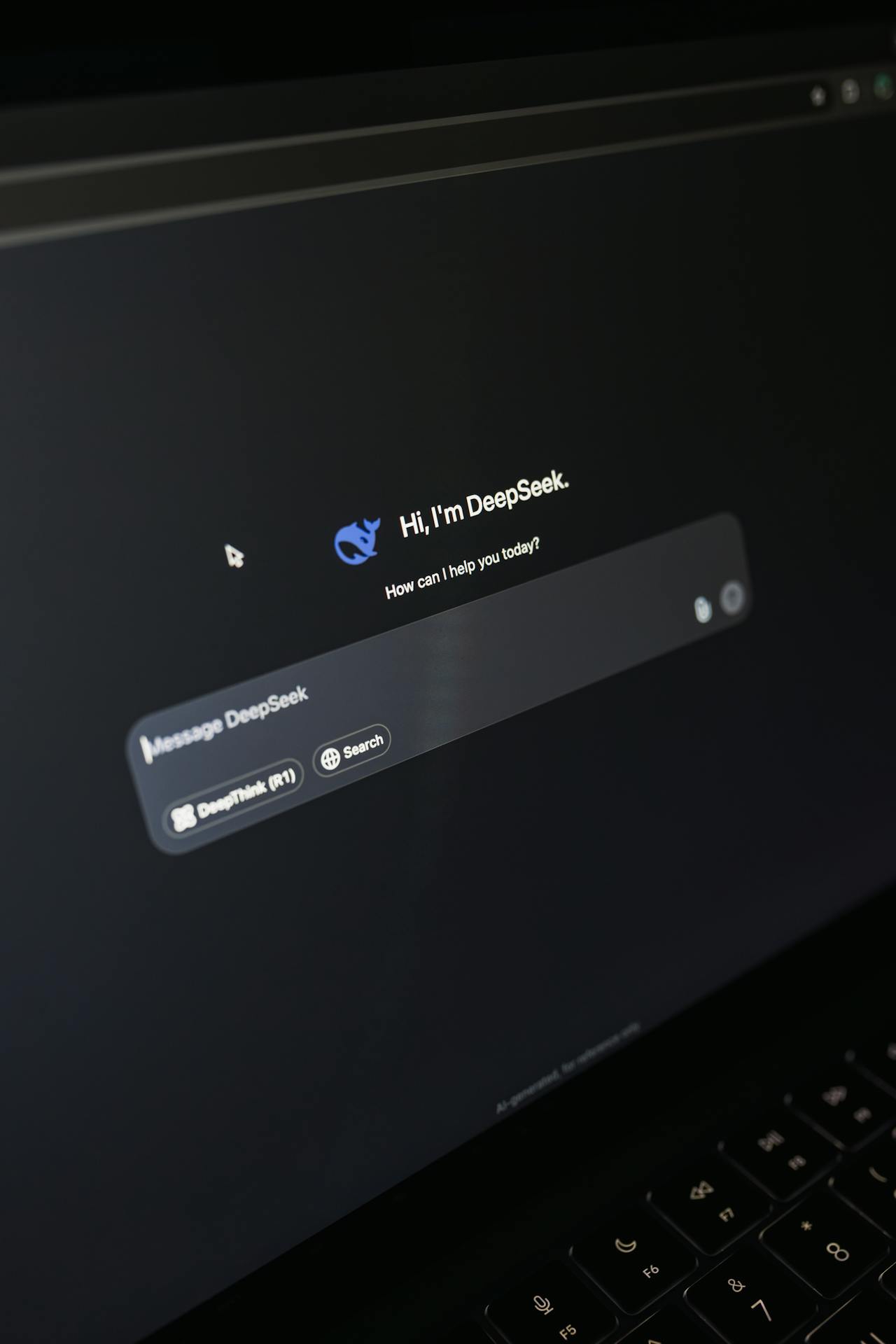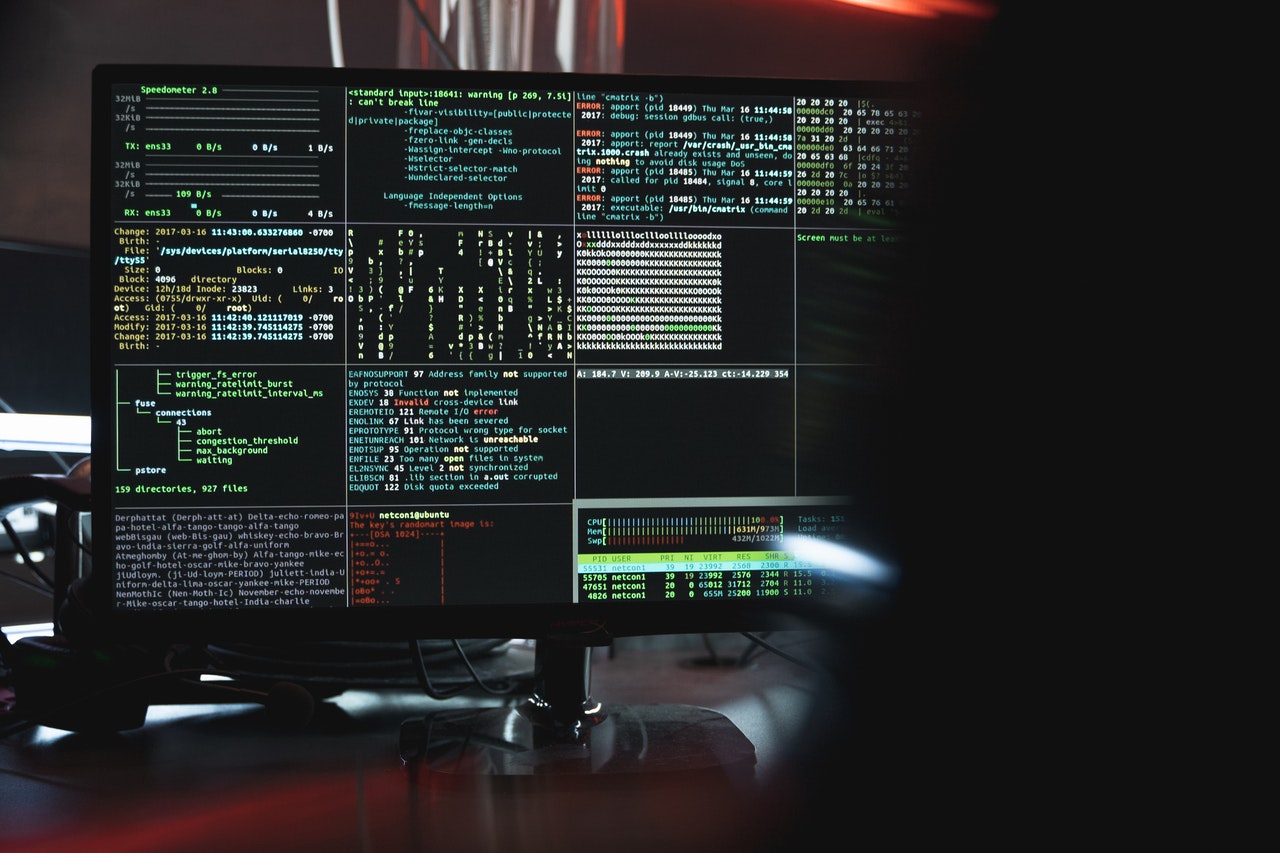
Threat actors of all shapes and sizes use attacks that are equally diverse to try and part you with your money. Brand impersonation is high on that list, with everything from Netflix surveys, social media platforms such as X, and leading entertainment franchises in the crosshairs. Let’s face it, with her Grammy Awards success firmly in the media spotlight […]








